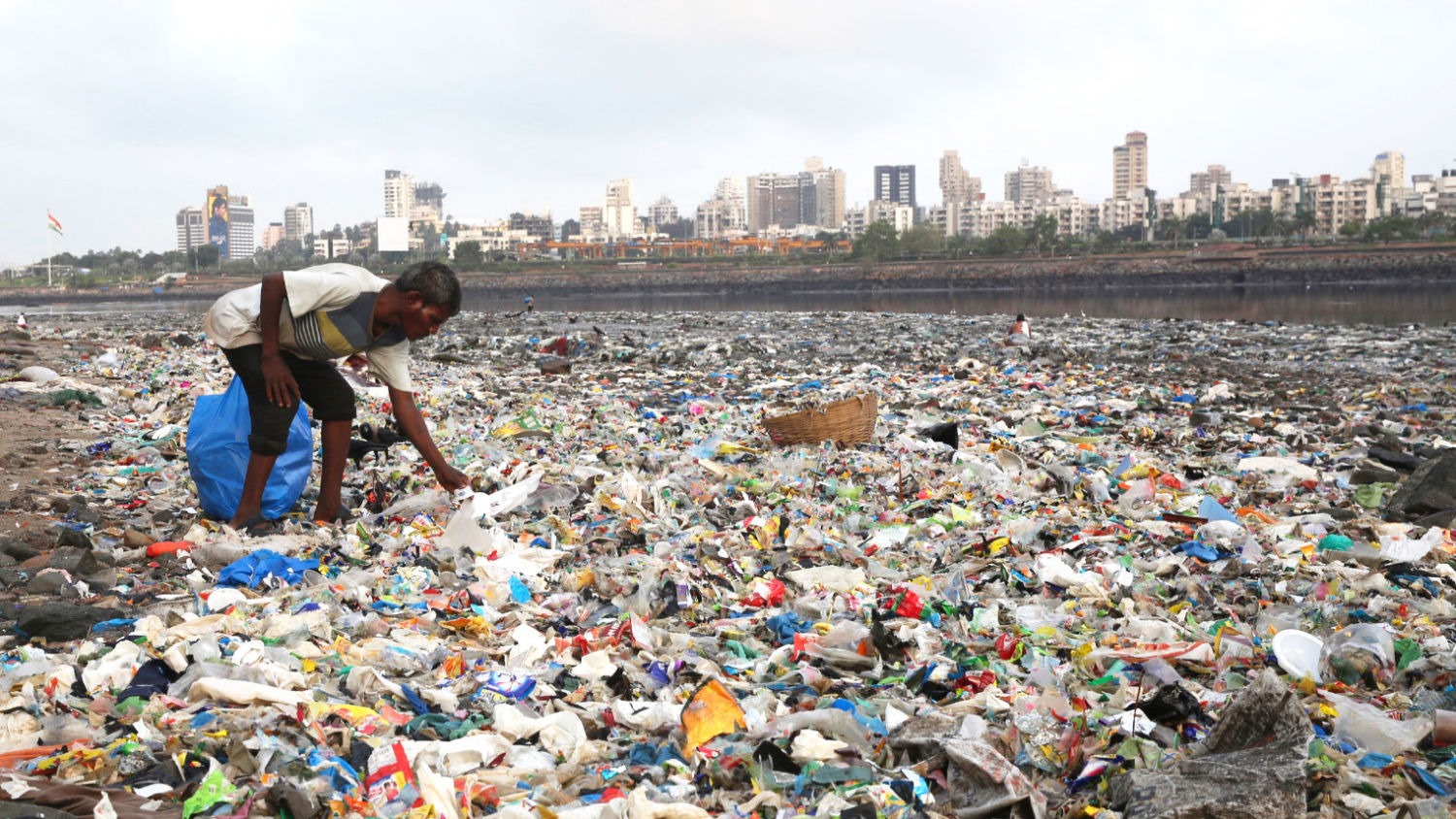India’s Single-Use Plastic Ban: Progress, Challenges, and Insights from the Ground

India’s ban on 19 specific single-use plastic (SUP) items, enforced through the Plastic Waste Management Amendment Rules, 2021, marks a significant step in combating plastic pollution. Announced in 2018 and enforced on July 1, 2022, this regulation reflects India’s commitment to reducing SUP waste and aligning with global sustainability norms. However, as highlighted by a comprehensive study conducted by the Centre for Science and Environment (CSE), the ban’s implementation has faced several challenges, indicating the need for more robust mechanisms to achieve its goals.
Scope and Objectives of the Ban
The ban targets harmful single-use plastic items such as cutlery, straws, and thermocol decorations. While a step forward, the regulation addresses only 11% of India’s total SUP waste—an annual share of 0.6 million tonnes. The remaining 89%, mostly packaging materials, falls under the Extended Producer Responsibility (EPR) policy, which emphasizes collection and recycling but excludes non-recyclable items like multilayered packaging.
Findings from the CSE Study
The CSE conducted surveys to assess the enforcement and impact of the ban. Their findings shed light on critical gaps and areas needing attention:
- Weak Enforcement
- Despite provisions in the Comprehensive Action Plan, structured market surveys and field inspections have been inconsistent.
- Non-compliance with the ban remains prevalent, especially among small shops and street vendors.
- Declining Public Awareness
- Awareness campaigns, intensive during the ban’s initial months, have drastically declined. Complaints dropped by 85% between September 2022 and March 2023, indicating a waning public focus on the issue.
- Lack of Transparency and Accountability
- There is no consolidated data on manufacturers, producers, or vendors fined for violations. While enforcement has led to penalties amounting to ₹5.8 crore and the seizure of 775,577 kg of banned materials, the lack of public reporting undermines accountability.
- Persistent Circulation of Banned Items
- Carry bags below 120 microns remain the most widely circulated banned SUP item, highlighting a gap in market-level enforcement.
- Underdeveloped Market for Alternatives
- The market for eco-friendly alternatives is severely underdeveloped, with insufficient support from governments to scale up production and accessibility.
Challenges Highlighted by the CSE
Production-Level Issues
The enforcement campaign has focused on downstream compliance, such as retail markets, but has not adequately addressed the production of SUPs. Stopping the issue at its source requires stricter monitoring of manufacturing units.
Economic Conflicts
India faces a dual challenge: committing to a SUP-free future while remaining one of the largest global producers of single-use plastic polymers. For example, Reliance Industries alone contributes 3 million tonnes of SUP polymer production annually.
Insufficient Recycling Mechanisms
The EPR policy, while targeting recycling, fails to address the fundamental issue of non-recyclable multilayered packaging. This creates a loophole, allowing significant volumes of waste to persist.
Recommendations for Improvement
Based on the findings from the CSE and broader observations, the following measures can strengthen the impact of the SUP ban:
- Strengthen Enforcement at All Levels
- Conduct structured inspections and market surveys consistently.
- Publish transparent data on enforcement actions, including fines and material seizures.
- Revive Awareness Campaigns
- Launch sustained education initiatives to maintain public engagement.
- Partner with local organizations and businesses to amplify messaging about the ban’s importance.
- Develop and Promote Alternatives
- Provide incentives for manufacturers of eco-friendly materials.
- Support research and development of biodegradable and reusable packaging solutions.
- Focus on Upstream Solutions
- Expand enforcement efforts to include SUP manufacturing units, addressing the issue at its source.
- Improve EPR Policy Coverage
- Include non-recyclable multilayered packaging under the EPR framework.
- Set measurable targets for collection, recycling, and reuse.
Looking Ahead
India’s SUP ban demonstrates a commitment to tackling plastic pollution but highlights the complexities of enforcement and systemic change. The findings from the CSE emphasize the need for holistic solutions that address production, enforcement, and public engagement.
While the challenges are significant, they also present opportunities for innovation and collaboration. By addressing the gaps identified in the CSE study and fostering a culture of sustainability, India can lead by example in the global fight against plastic pollution.
A SUP-free India is possible, but it requires coordinated action across governments, businesses, and communities. The journey has begun, and with persistent efforts, India can turn its ambitious vision into a sustainable reality.
